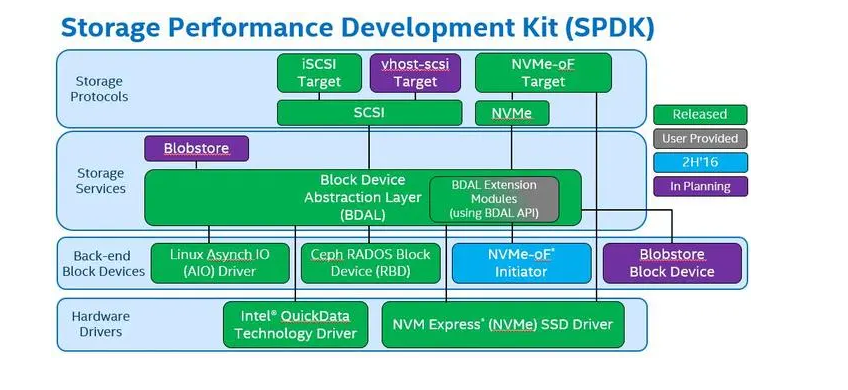You’re correct! In the context of Data Distribution Service (DDS), understanding how QoS (Quality of Service) settings work is crucial for configuring your system effectively. Let’s break down the key points you’ve mentioned regarding SubscriberQos:
Default SubscriberQos
Default Value Retrieval:
- The default
SubscriberQoscan be retrieved using theget_default_subscriber_qos()method from aDomainParticipantinstance. This value provides a baseline configuration that can be used when creating subscribers.
- The default
Special Value for QoS:
- When calling methods such as
create_subscriber()orSubscriber::set_qos(), you can use the constantSUBSCRIBER_QOS_DEFAULT. This indicates that you want to utilize the current default QoS settings rather than specifying custom values.
- When calling methods such as
Initial State:
- Upon system startup, the default
SubscriberQosis equivalent to an instance created with a default constructor:SubscriberQos(). This means all properties are initialized to their standard default values.
- Upon system startup, the default
Modifying Default SubscriberQos
Changing Defaults:
- You can modify what constitutes the “default” subscriber QoS at any time during runtime by using the method
set_default_subscriber_qos()on the respectiveDomainParticipant. This allows for dynamic adjustment based on changing application requirements or operational conditions.
- You can modify what constitutes the “default” subscriber QoS at any time during runtime by using the method
Impact of Changes:
- It’s important to note that modifying the default
SubscriberQosdoes not retroactively affect existing subscribers that were created before this change took place. They will continue to operate under their previously established QoS settings.
- It’s important to note that modifying the default
Practical Implications
Flexibility in Configuration: The ability to set a global default while still allowing individual subscriptions to override these defaults ensures both flexibility and control in managing data flow within DDS applications.
Managing Performance and Resource Usage: Carefully choosing and adjusting QoS policies, like those related to reliability, history depth, and resource limits, helps tailor your application’s performance characteristics while adhering to specific real-time requirements.
Conclusion
Understanding these concepts enables developers working with DDS systems to more effectively manage data distribution mechanisms tailored for various use cases—from simple applications needing basic messaging capabilities to complex systems requiring high throughput and low latency communications with robust error handling strategies.
内容由零声教学AI助手提供,问题来源于学员提问





















